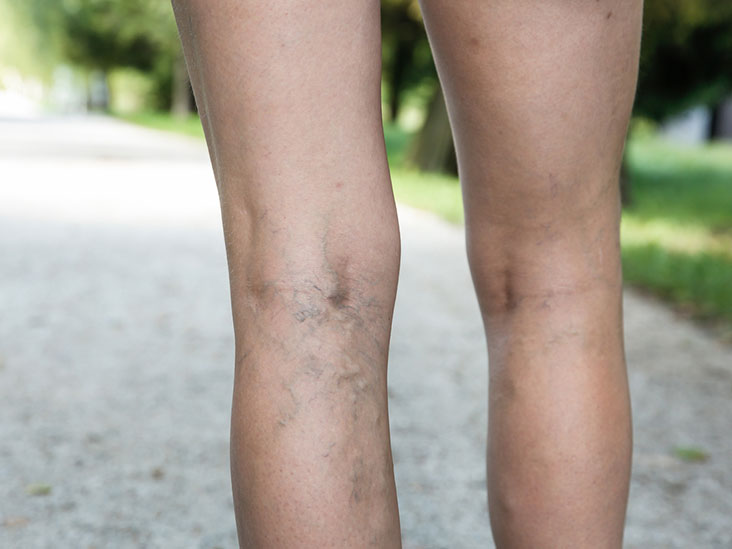
Varicose veins are an issue of concern. They are abnormal veins that have lost their normal valve function. The veins of the lower extremities pump blood back to the heart ( against gravity), and the veins of the lower extremities have valves that prevent the backflow of blood.
During walking, the veins pump blood, and usually, the blood travels through deep veins. But at certain times, superficial veins also play some role, and due to valve dysfunction of these superficial veins, a person may experience varicose veins. Varicose veins may lead to pain and difficulties while walking. Therefore, it is essential for a patient-facing issue with varicose veins to opt for varicose vein treatment.
When to worry about varicose veins?
Sometimes the symptoms of varicose veins are not visible but can be seen on the skin. This is known as an asymptomatic condition where the symptoms like inflammation, swelling, pain, and itching do not occur. Moreover, varicose veins do have a necessity for treatment. But over time, varicose veins become severe and lead to discomfort and complications. In secondary venous insufficiency, symptoms like pain and swelling can occur along with skin color changes or blood clots.
Some of the conditions where the patient should look out for a doctor include:
- Development of lumps in the affected area.
In this condition, when a patient feels difficulty walking or moving their leg. Moreover, if a patient observes lumps in the affected part, they might need some medical attention.
- Feeling of itchiness and burning sensation.
This occurs because of secondary venous insufficiency, usually a sign for phlebitis where itching and swelling could occur. These sensations can sometimes be very uncomfortable and prone to bleeding (forming blood clots). Itching and swelling may seem insignificant, but these may indicate a severe condition along varicose veins.
- Loss of feelings for varicose veins due to pain:
Certain times, a patient cannot feel their varicose veins because of extreme pain and pressure, which most likely describes swelling in the affected area. The patient must prevent standing for a long duration to avoid such conditions. Moreover, the patient should apply pressure during nighttime to reduce the pain.
- Pain while walking.
The patient should give proper breaks while performing exercises to allow the body to rest and recover due to the impact of the activity.
- Weakness or Soreness in legs:
Certain times due to prolonged standing, the legs can get sore. However, to avoid such conditions, the patient should not cross their legs while sitting and stretch their legs to prevent burden.